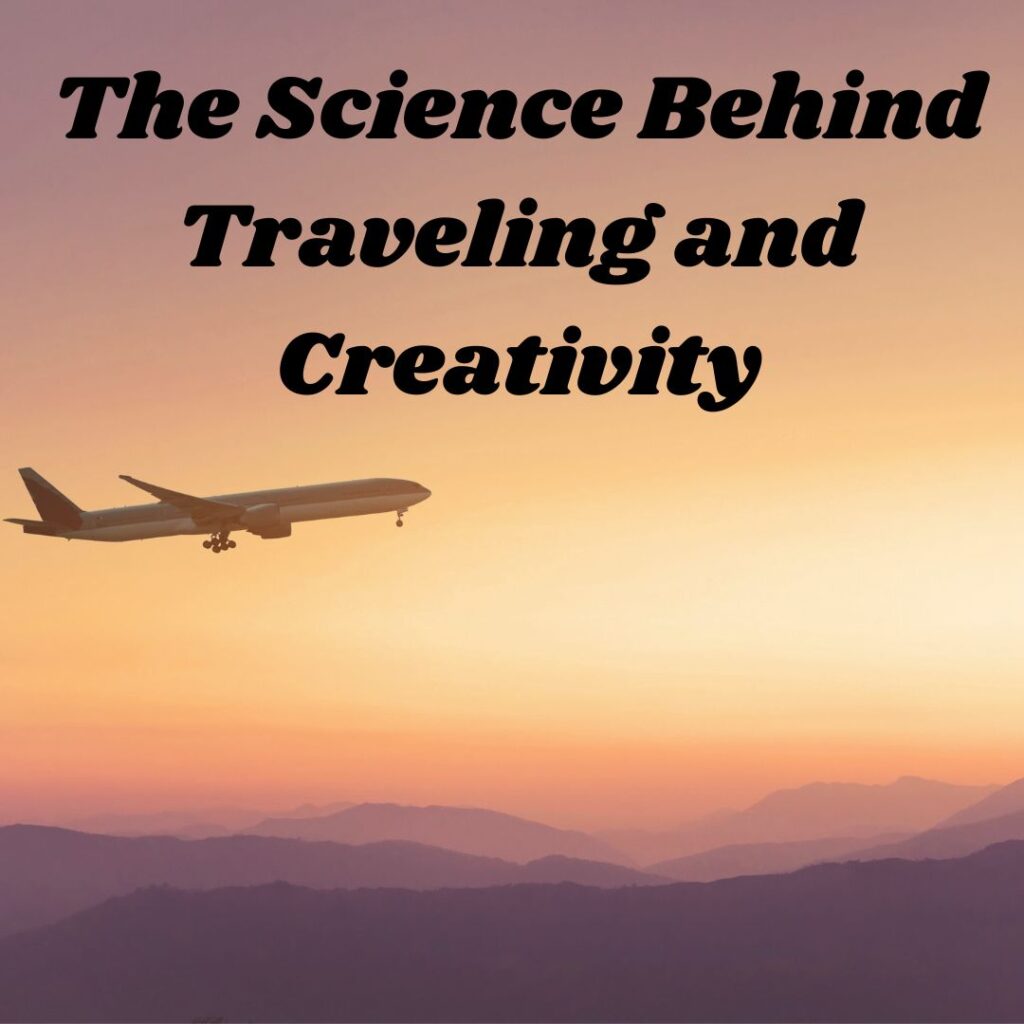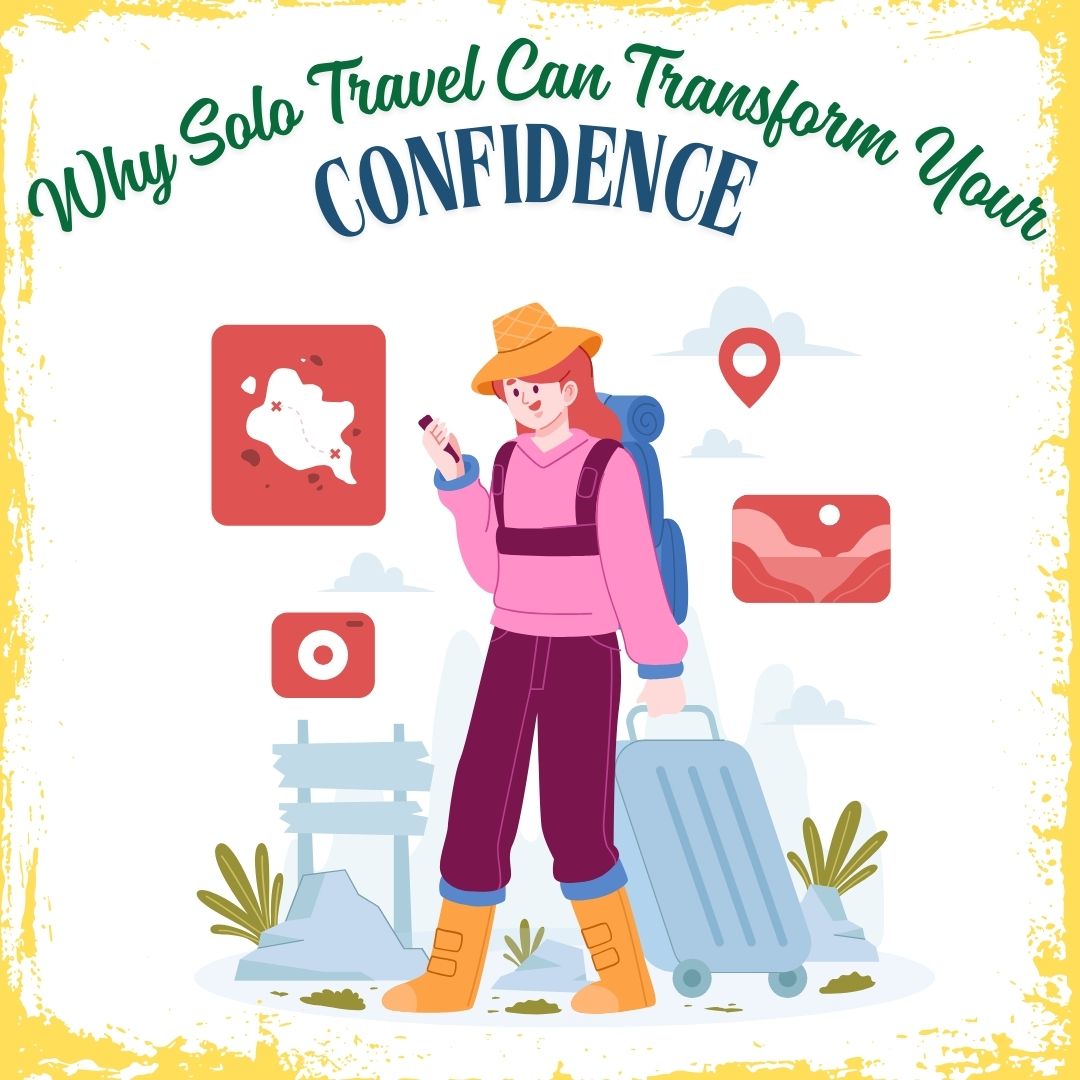Introduction
Have you ever observed how an alternate of scenery sparks clean thoughts? Whether it’s the colors of a bustling avenue market, the serene beauty of nature, or the wealthy records of a distant town, touring has an incredible functionality to inspire creativity. But why does your fuel innovation? How does stepping outside your standard surroundings result in new ideas? Let’s explore the charming connection between traveling and creativity.
1. Traveling Breaks Routine and Stimulates the Brain
One of the largest limitations to creativity is habitual. Doing the identical things each day could make your mind stagnant. Travel disrupts this pattern, forcing you to evolve, discover, and think in new methods. Whether navigating a new metropolis, attempting a different cuisine, or learning a few phrases in a foreign language, your brain is engaged in ways it wouldn’t be at home.
Neuroscientists have observed that novel reviews raise neuroplasticity, the mind’s potential to form new connections. The greater you expose yourself to exclusive environments, the extra bendy and innovative you will become.
2. Exposure to Different Cultures Sparks Fresh Ideas
When you travel, you come across numerous traditions, languages, and views. These experiences can challenge your assumptions and introduce new ways of wondering. Many brilliant innovators throughout records, from artists to entrepreneurs, have drawn proposals from extraordinary cultures.
For instance, Steve Jobs credited his visit to India with influencing Apple’s layout philosophy. Similarly, Picasso was inspired by African artwork while developing his modern Cubist fashion. By immersing yourself in new cultures, you benefit from fresh insights that may be applied to your work, art, or hassle-solving strategies.
3. Traveling Encourages Open-Mindedness
Creativity prospers on open-mindedness. When you travel, you’re continuously exposed to new methods of dwelling, questioning, and fixing troubles. This broadens your perspective and makes you extra receptive to unconventional thoughts.
People who journey regularly tend to be more adaptable and flexible in their questioning, making them better at brainstorming, innovation, and collaboration. Seeing how unique cultures tackle comparable troubles also can encourage creative solutions for your own subject.
4. Nature and Architecture as Sources of Inspiration

Traveling lets you witness breathtaking herbal landscapes and awe-inspiring architecture. These visual stimuli can substantially decorate creative questioning.
For example, Antoni Gaudí’s famous architectural designs in Barcelona were closely encouraged by using herbal paperwork. Similarly, many artists and writers retreat to nature for suggestions. The hues, styles, and precise systems observed in one-of-a-kind parts of the sector can stimulate clean creative, and design ideas.
5. Travel Helps Overcome Creative Blocks
If you’ve ever skilled an innovative block, you understand how frustrating it is to be. Sometimes, a nice way to regain an idea is to step away from your normal surroundings. Traveling offers a reset in your thoughts. A walk through a historical district, a quiet second on the seaside, or a communique with a stranger can spark new thoughts and ruin via intellectual limitations.
Many well-known writers, musicians, and artists have used tours as a way to reignite their creativity. Hemingway wrote some of his pleasant works at the same time as journeying in Europe. Similarly, musicians frequently find inspiration for his or her lyrics and melodies through cultural immersion.
6. New Experiences Lead to New Connections
Creativity frequently stems from connecting apparently unrelated ideas. The greater studies you’ve got, the extra fabric your brain has to paint with. Traveling exposes you to new music, food, style, and languages, all of which could merge into surprising approaches to create modern ideas.
For example, fusion cuisine—which cooks combo elements from special culinary traditions—originates from exposure to diverse food cultures. Similarly, many fashion designers incorporate worldwide influences into their collections after journeying.
7. Traveling Boosts Confidence and Risk-Taking
Creativity calls for a willingness to take risks, but many humans are hesitant to step out of their comfort zones. Traveling truly pushes you to encompass uncertainty, whether or not it’s navigating an overseas subway system, trying a stunning dish, or speaking with someone who speaks a notable language.
By effectively managing those challenges, you construct confidence in your capability to adapt and take risks. This mindset interprets into innovative pursuits, where taking formidable steps frequently results in groundbreaking ideas.
8. Solo vs. Group Travel: Different Creative Benefits
Both solo and group travel can fuel creativity, but in different ways:
- Solo travel Encourages deep reflection, self-discovery, and private boom. Many artists and writers opt for journeying by themselves to absolutely immerse themselves in their thoughts.
- Group travel Introduces dynamic social interactions, shared experiences, and collaborative wandering that could spark collective creativity and innovation.
Depending on your creative needs, choosing between solo or group travel can enhance your experience.
9. Journaling and Photography: Capturing Inspiration
When you journey, preserving a journal or taking photographs can assist in documenting your studies and innovative thoughts. Many writers, designers, and artists use travel journals to capture their minds, sketches, and inspirations at the move.
Looking returned at those records later can reignite innovative sparks, reminding you of info that might have diminished from memory. Even if you’re not an artist, documenting your travels allows you to technique and combine new studies into your innovative paintings.
10. The Science Behind Traveling and Creativity

Psychologists have studied the consequences of a journey on creativity and observed that exposure to new environments enhances cognitive flexibility. A look at posts within the journal Personality and Social Psychology Bulletin discovered that individuals who lived overseas have been more creative than people who hadn’t. This indicates that cultural immersion rewires the mind, making it more adept at forming novel thoughts.
Final Thoughts: Why You Should Travel for Creativity
If you’re seeking to spark innovation, find a proposal, or simply escape an innovative rut, traveling is one of the great ways to do it. Whether you’re exploring a brand new country, journeying to an exclusive metropolis, or genuinely taking a road journey, exposing yourself to clean environments will beautify your capacity to think creatively. So, p.C. Your bags, embrace new studies, and allow the arena to ignite your imagination!
FAQs
1. Does traveling make you more creative?
Yes! Studies display that experiencing new cultures, environments, and demanding situations enhance cognitive flexibility and creativity.
2. How does travel improve problem-solving skills?
Navigating unusual locations, overcoming language obstacles, and adapting to new conditions enhance trouble-fixing abilities.
3. Can traveling help with creative blocks?
Absolutely! Stepping far away from the ordinary and exposing yourself to sparkling stories can reset your mind and spark new ideas.
4. What’s the best way to capture creative inspiration while traveling?
Keeping a tour magazine, taking pictures, and making sketches can help keep modern ideas for later use.
5. Does it matter where I travel for inspiration?
Not necessarily! Any alternate environment—whether a new country, city, or unique community—can stimulate creativity. The secret is to embrace new experiences and perspectives.




Windows Activation Lost
Windows Activation Oem
Windows Activation Via Cmd
Activation For Windows 10
Windows Activation Key Txt
Windows Activation